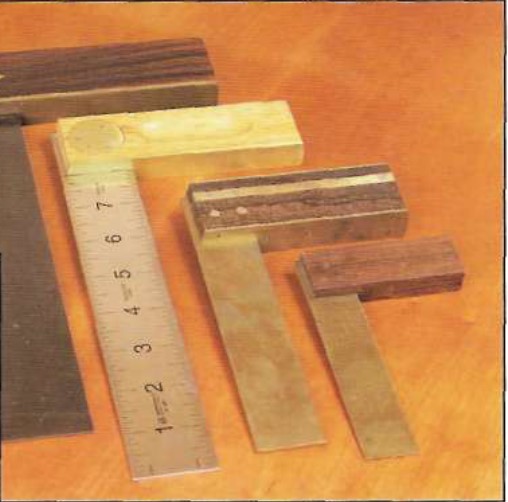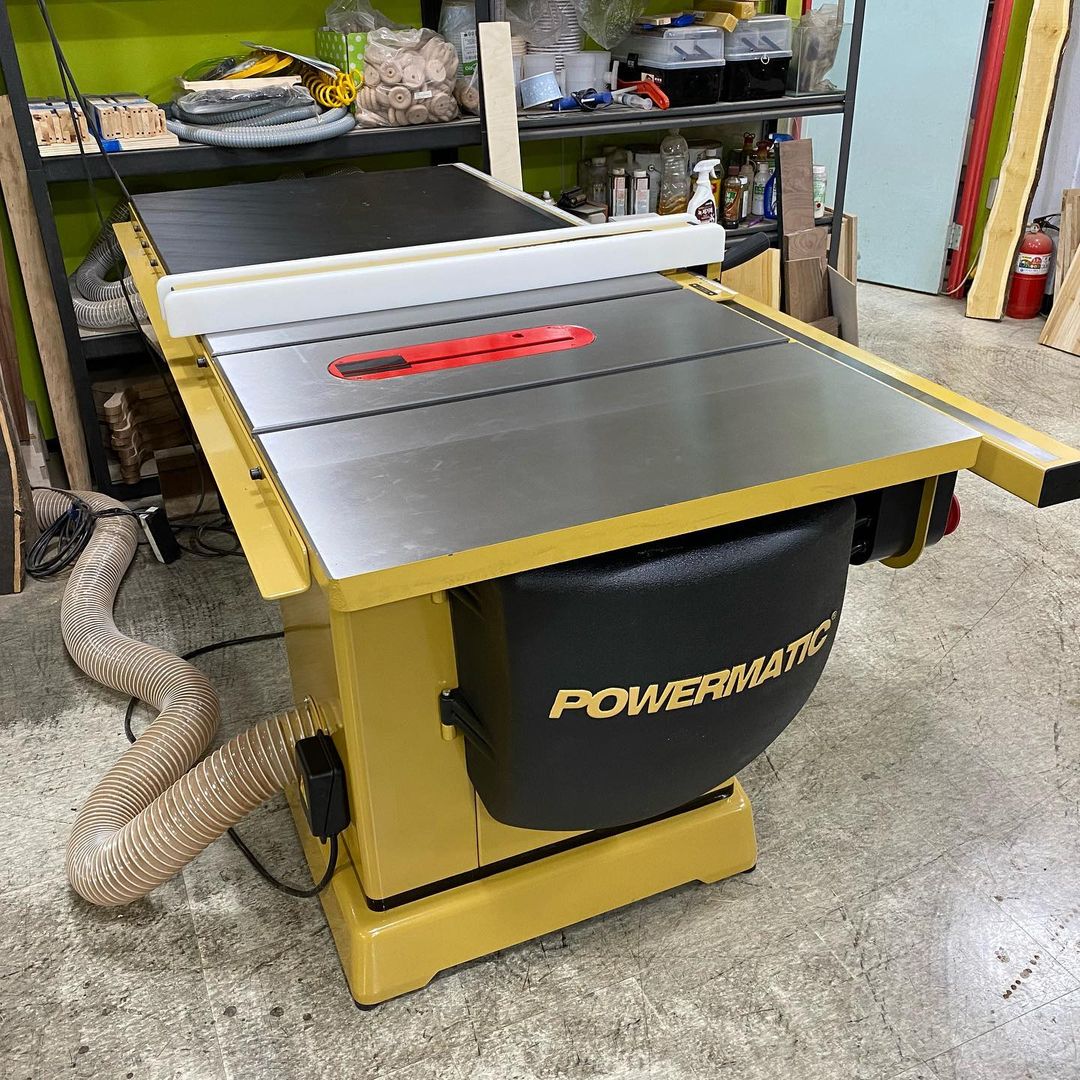Since architectural plans are drawn to a small scale, materials and construction can seldom be shown as they actually appear. Also it would require too much time to produce drawings of this nature. The architect, therefore uses symbols to represent materials and other items and certain approved short cuts ( called conventional representations). Abbreviations are commonly used on plans to save space. For a copy of the symbols simply email me and I will attach them to your return email. HOW TO SCALE A DRAWING Architecural plans include dimension lines that show many distances and sizes, but carpenters may require a demension that is not shown. To get this demension, the carpenter will need to scale the drawing. He must first look to see what scale the drawings are made by, 1/4″ = 1.0′ , 1/2″ = 1.0′ and so on. Most residential drawings are drawn in the 1/4″ scale. CHANGING PLANS Minor changes in plans, desired by the owner as the job progress – such as changing the size or location of a window or making a revision in the design of a built-in cabinet – can usually be handled by the carpenter. Sketches or notations on each set of drawings should be recorded so there are no misunderstandings. Major changes such as the relocation of a loadbearing wall, or stairs, may generate a “chain-reaction” of problems and should be undertaken only after the neccessary changes have been made by the architec and approved by the owner and building department of that locale. SPECIFICATIONS Although the working drawings show many of the requirements for a structure, certain supplementary information is best presented in written form or specifications (commonly called Specs). The carpenter should check and follow these specs. Headings generally included in specifications for a residential structure include: 1. Basic information for General Requiremants, Conditions, and Information. 2. Excavation and Grading. 3. Masonry and Concrete Work. 4. Sheet Metal Work. 5. Rough Carpentry and Roofing. 6. Finish Carpentry and Millwork. 7. Insulation, Caulking, and Glazing. 8. Lath and Plaster or Drywall. 9. Schedule for Room finishes. 10. Painting and Finishing. 11. Tile Work. 12. Electrical Work. 13. Plumbung. 14. Heating an dAir Conditioning. 15. Landscaping. Under each heading the content is usually divided into: scope of work, specifications of materials to be used, application methods and proceedures, and guarantee of quality and performance. Carefully prepared specifications are valuable to the contractor, trades people, estimator, and the building supply dealer. They help to protect the owner and help to insure quality work. In addition to the items previously described, the specifications may include information and requirements regarding building permits, contract payment provisions, insurance, and bonding, and provisions for making changes in the original plans. MODULAR CONSTRUCTION The modular coordination (construction) concept is based on the use of a standard grid divided into 4″ squares. Actually each individual square (module) should be applied to elevations as well as horizontal planes. All dimensions are based on 4″ including 16″, 24″ and 48″. The last two dimensions are sometimes called the minor and major module. Many building materials and fabricated units are manufactured to coordinate with modulear dimensions.This helps eliminate costly cutting and fitting during construction. a good example of this system is illustrated in standard concrete blocks. They are manufactured in nominal sizes of 8″ x 8″ x 16″. The actual size is 3/8 inch smaller in each dimension to allow for bonding (mortar joints). Modular dimension standards for manufactured componets have been developed by th eNational Lumber Manufacturers Association. The system is called Unicom which stands for “uniform manufacture of components”. The Unicom system helps to make it possible to apply modern mass production methods to building construction. For example a sheet of plywood fits the module exactly at 48 in. by 96 in. A modular system also exists in the SI metric system. It is based on a grid made up of 100 mm squares. The 100 mm module is about, but notexactly, 4 in. The ISO standard also recommends that the submultibles of 25,50, and 75 mm be used as well as the multiples of 300, 400, 600, 800, and 1200. the 600 and 1200 multiples become the minor and major modules. BUILDING CODES A building code is a collection of laws listed in booklet form to a given community. the code covers all important aspects of the erection of a new building and also the alteration, repair, and demolition of existing buildings. The basic purpose is to provide for the hgealth, safety, an dgeneral welfare of the occupants of the home being built and the other people in the community. Every carpenter should become familia with the local building codes. Work which does not conform must be done over and can add considerably to the expense of construction. A code sets the minimum standards that are acceptable in a community for design, quality of materials, and quality of construction. It also sets requirements concerning such design factors as: 1. Sizes, heights, and bulk of buildings. 2.Room sizes. 3. Ceiling heights. 4. Lighting and ventilation. Many local codes contain detailed directions regarding installation of a building’s systems. These instructions govern the methods and materials used in installing plumbing, wiring, and heating systems. A carpenter should be aware that building codes may vary from community to community. What is common practice in one area may not be allowed in another. For an example, some communities’ codes will require one or more sumps in basement floors and perimeter drainage aropund the footings. Another community may not mention them. These differences should be carefully noted. Some items in a code necessarily must be adjusted to local conditions. In northern climates, footings need to be deeper than in southern states; structures in ” hurricane belts” require extra bracing. MODEL CODES Modern research and developement have resulted in so many improvements in building construction that it now becomes a tremendous task to prepare and continually up date building codes. Because of this, many communities have adopted model codes. Today, four major organizations provide a service of this nature. The UNIFORM BUILDING CODE, published bt the international conference of Building Officials, is widely accepted. This organization provides annual revisions and the entire code is revised or republished every three years. A short form is available which covers buildings not over two stories in height and containing less than 6000 sq. ft. of ground floor area. Another organization, The Building Officials and Code Administrators International, Inc. has developed the BOCA – Basic Building Code. An abridged form, designed for resential construction, includes plumbing and wiring standards. It, also is revised every three years. One of the first model codes was introduced by the American Insurance Association ( successor to the National Board of Fire Underwriters). this publication is now known as the National Building Code. an abbreviated edition is also available. A model building code called the Standard Building Code, used in Southern States, covers problems in the region. It is prepared under the direction of the Southern Building Code Congress International, Inc. In addition to building codes adopted by the local community (cities, towns, and counties), the carpenter must be informed of certain laws at the state level that govern buildings. Several states have developed building codes for adoption by their local communities. However, for the most part, state codes deal mainly with fire protection and special needs for public buildings. A carefully prepared and up-to date code is not sufficient in itself to insure safe and adequat buildings. All codes must be properly administered by officials that are experts in the field. Under these conditions, the owner can be assured of a well constructed building and the carpenter will be protected against unfair competition of those who are willing to sacrifice quality for an excessive margin of profit. Communities have inspectors who inforce the building code. They will make perodic inspections during construction or remodeling. The inspectors are persons who have worked in the construction trades or who are otherwise knowledgable about construction. Following is a sample of a local building. Codes may vary from community to community. 13.1.2 Required Room sizes; No dwelling unit shall be erected or constructed which does not comply with the following minimum room sizes; (a) Living Room……………………………………….250 sq. ft. (b) Dining Room……………………………………….100 sq. ft. (c) Kitchen………………………………………………90 sq. ft. (d) Bath Room ( three fixtures) ……………………40 sq. ft. (e) Powder Room ( two fixtures)………………….24 sq. ft. (f) First Bedroom………………………………………150 sq. ft. (g) Each Additional Bedroom………………………110 sq. ft. (h) Den or Library, etc………………………………..100 sq. ft. (Permitted only when dwelling unit includes two (2) or more bedrooms of the required sizes. (i) Garage …………………………………………………336 sq. ft. 13.1.3 Required Rooms No dwelling unit shall be erected or constructed which does not contain one each of the following rooms; Living Room, Dining Room, Kitchen, Bath room, Bed room and Garage. Each room is to be seperated from each other room by full height partitioning and doors, except that the living room, dining room and kitchen need not be seperated with full height walls, and the garage may be a detached building. Required rooms such as a bedroom cannot be located in a basement. STANDARDS Building codes are based on standards developed by manufacturers, trade associations, government agencies, professionals, and trades people, all of whom are seeking a desirable level of quality through efficient means. A particular material, method, or procedure is technically described through specifications. Specifications become standards when their use is formally adopted by broad groupes of manufacturers and builders and/or recognized agencies and associations. Organizations devoted to the establishment of standards, many of which are directly related to the field of construction, include: 1. The american Society for Testing and Materials (ASTM). 2. American National Standards Institute (ANSI). 3. Underwriters’ Laboratories, Inc. (UL). Commercial standards are developed by the Commodity Standards Division of the U>S> Department of Commerce. the chief purpose is to establish quality requirements and approve methods of testing, rating, and labeling. These standards are designated by the initials CS, followed by a code number and the year of the latest revision.
BUILDING PERMITS AND INSPECTIONS Steps for securing building permits will vary from community to community. Usaully the contractor or building owner will file a formal application with the village , town, city or county clerk.The application with one or two sets of plans, is given to the clerk. Usually the drawings submitted must include: 1.Floor Plans 2.Specifications 3. Site Plan 4. Elevation Drawings. Depending on the location of the area other drawings may be included as follows: 1. Foundation Plans 2. Floor Framing Plans 3. Wall Framing Plans 4. Section View 5. Roof Framing Plans Sometimes a filing fee and plan review fee are required. These fees are different and in an addition to the permit fees. The plans are reviewed by building officials to determine if they meet the requirements of the local codes. Fees vary from community to community and the location of the area where the structure is to be built. When construction begins, the building permit and an inspection card will be posted on the building site. As work progresses the building inspector will make inspections and fill out the inspection card for approval of the work completed. It is important that the permit and inspection card be located somewhere on the building site. Work on the structure cannot proceed further than the point indicated by the inspector. Carpenters on the job must pay close attention to this record. Mechanical work ( heating, plumbing, and electrical wiring) may never be inclosed untill they are inspected and approved by the building inspector. In some communities, a final inspection must be made and an occupancy permit issued. Until then, the building may not be occupied. IMPORTANT TERMS Architecural drawings, blueprints, building code. building permit, detail drawings, dimension lines, elevation drawings, framing plan, modular construction, plot plan, scale, section drawings, specifications, stock plan, and finally Unicom System. This concludes this chapter.



